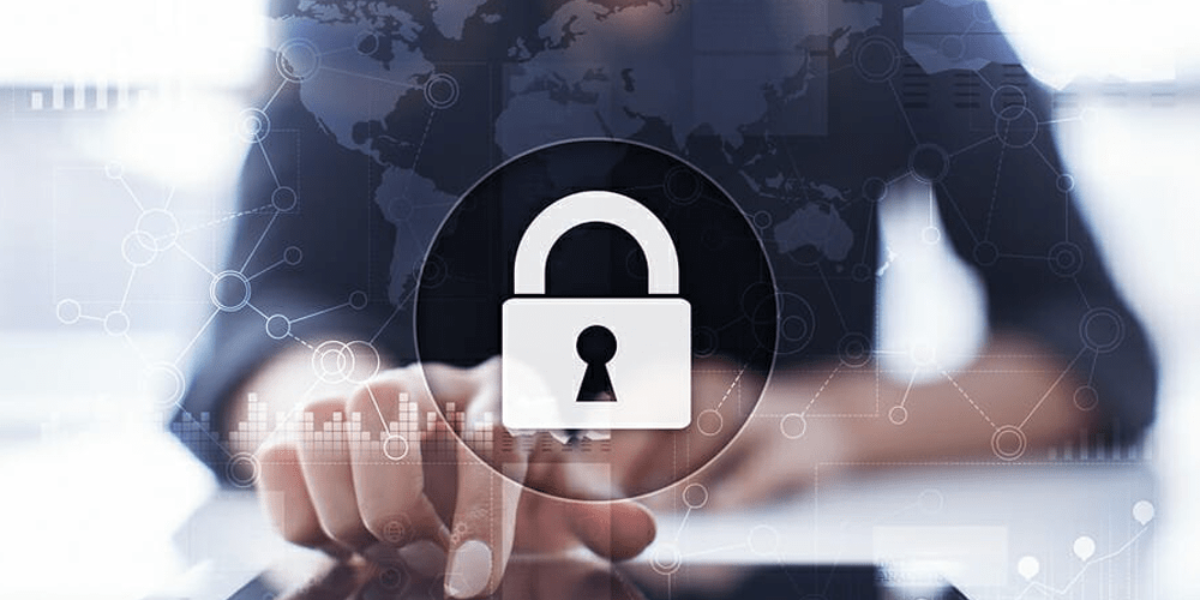Decentralized Finance (DeFi) has revolutionized the world of finance by allowing users to engage in financial activities like lending, borrowing, trading, and investing without relying on traditional financial intermediaries such as banks or brokers. However, the open nature of DeFi also exposes it to various security risks, including unauthorized access to user funds. Since the DeFi ecosystem operates without a central authority to oversee transactions or enforce security measures, it is up to the protocols and developers to implement robust security practices to protect users’ assets.
In this article, we will explore the security challenges faced by DeFi protocols and examine various methods and best practices that can be employed to prevent unauthorized access to user funds.
Understanding the Security Landscape of DeFi
DeFi protocols are built on blockchain technology, which is known for its security and transparency. However, unlike centralized financial systems, where customer funds are held by trusted institutions, DeFi protocols operate in a decentralized manner, often using smart contracts to execute transactions automatically. While this eliminates intermediaries, it also opens up the potential for malicious actors to exploit vulnerabilities within the smart contracts or the underlying blockchain itself.
Some common security risks associated with DeFi protocols include:
- Smart Contract Vulnerabilities: Smart contracts are the backbone of DeFi, but poorly written or untested code can contain bugs or vulnerabilities that can be exploited by attackers to steal funds.
- Phishing Attacks: Since DeFi is largely based on self-custody, users must manage their private keys securely. Phishing attacks that trick users into revealing their private keys or seed phrases can lead to unauthorized access to funds.
- Flash Loan Attacks: Flash loans allow users to borrow large amounts of funds without collateral, but they can be exploited by attackers to manipulate the price of assets or trigger vulnerabilities in the DeFi protocols.
- Rug Pulls: In some cases, DeFi projects have been found to be fraudulent, with developers intentionally manipulating the protocol or liquidity pools to steal user funds.
Given these risks, securing user funds in DeFi is paramount to maintaining trust and the integrity of the ecosystem. Fortunately, there are several approaches and best practices that DeFi protocols can adopt to prevent unauthorized access and enhance the overall security of the platform.
Implementing Smart Contract Audits
Smart contract audits are one of the most effective ways to identify and fix vulnerabilities before a contract is deployed on the blockchain. A security audit involves a comprehensive review of the smart contract code by independent auditors, who look for potential bugs, logic errors, or security flaws that could be exploited by attackers. Auditors will often test the contract in various scenarios to ensure that it functions as intended and does not expose user funds to risk.
In addition to external audits, DeFi protocols can employ formal verification techniques, which mathematically prove that the smart contract’s logic is correct and free from errors. While formal verification is more complex and time-consuming, it provides an added layer of security, particularly for high-value protocols.
Several high-profile DeFi protocols, such as Compound and Uniswap, have undergone multiple rounds of security audits to ensure the safety of their users’ funds. Auditing services, such as CertiK, Quantstamp, and OpenZeppelin, provide reliable auditing services that help identify potential vulnerabilities in the code before it is deployed to the blockchain.
Using Multi-Signature Wallets for Fund Management
Multi-signature (multi-sig) wallets are another critical security tool that DeFi protocols can use to prevent unauthorized access to funds. A multi-sig wallet requires multiple private keys to authorize a transaction, rather than relying on a single key. This means that no single individual or entity can access the funds or make changes to the protocol without the consent of other authorized parties.
For instance, a DeFi protocol may require the approval of multiple trusted parties—such as developers, auditors, and community representatives—before any significant changes or withdrawals can occur. This makes it much more difficult for malicious actors to gain unauthorized access to the funds, as they would need to compromise multiple private keys to execute a transaction.
Multi-sig wallets can also be used to manage governance decisions within a DeFi protocol. For example, a decentralized autonomous organization (DAO) may require multiple signatures from its members to approve proposals or allocate funds. By using multi-sig wallets for fund management and governance, DeFi protocols can ensure that decisions are made collectively and with proper oversight.
Implementing Robust Authentication and Authorization
Since DeFi protocols rely heavily on users managing their own private keys, it is essential for protocols to provide robust authentication and authorization mechanisms to prevent unauthorized access. One of the best ways to enhance security is by implementing two-factor authentication (2FA) for users accessing their accounts or making significant transactions. This adds an extra layer of security beyond just a password or private key, making it more difficult for attackers to compromise user accounts.
In addition to 2FA, DeFi protocols can use role-based access control (RBAC) to restrict access to certain functions based on the user’s role within the protocol. For example, only authorized developers or administrators might have the ability to update the protocol’s smart contracts or withdraw funds from the liquidity pool. By limiting access to critical functions and ensuring that only trusted individuals can make sensitive changes, DeFi protocols can minimize the risk of unauthorized access.
Educating Users on Security Best Practices
While DeFi protocols can implement advanced security measures, ultimately, the security of user funds also depends on the actions of individual users. Since DeFi is based on self-custody, it is crucial that users take responsibility for their private keys and follow security best practices to protect their assets.
DeFi protocols should provide clear, easy-to-follow guidance on how to securely manage private keys, recognize phishing attacks, and avoid common scams. For instance, users should be encouraged to store their private keys in a secure, offline location, such as a hardware wallet, rather than keeping them on an internet-connected device. Additionally, users should be warned about the dangers of phishing attacks and instructed to only use official websites and applications when interacting with DeFi protocols.
By educating users on best security practices, DeFi protocols can help reduce the likelihood of unauthorized access to funds caused by user error or negligence.
Implementing Timelocks for Critical Actions
Timelocks are another useful security measure that can be implemented by DeFi protocols to prevent unauthorized access. A timelock is a feature that requires a waiting period before certain actions can be executed, such as a withdrawal of funds or a protocol upgrade. This feature provides a safeguard against malicious actors who may attempt to execute a harmful action quickly, without allowing the community or security team time to intervene.
For example, if a developer or administrator tries to withdraw a significant amount of funds from the protocol’s treasury, a timelock can ensure that there is a delay before the transaction is finalized. During this delay, the community can review the action and raise any concerns if they believe it is unauthorized or malicious.
Timelocks also serve as a deterrent against rogue actors or disgruntled employees, as they make it more difficult to make sudden, unauthorized changes to the protocol.
Decentralized Oracles for Accurate Data
DeFi protocols often rely on oracles to provide external data, such as price feeds for assets, in order to trigger actions within the protocol. However, if the oracle is compromised or provides inaccurate data, it could lead to unauthorized access or manipulation of user funds.
To mitigate this risk, DeFi protocols can implement decentralized oracles, which aggregate data from multiple sources and require consensus among a network of independent oracles before providing data to the protocol. This reduces the likelihood that a single compromised oracle can manipulate the data and trigger malicious actions within the protocol.
Decentralized oracles, such as Chainlink and Band Protocol, provide a robust and secure way to ensure that DeFi protocols are receiving accurate and trustworthy data, preventing unauthorized access and other exploits based on incorrect information.
Conclusion
Preventing unauthorized access to user funds is one of the most critical aspects of DeFi security. As the DeFi ecosystem continues to grow, it is essential that protocols implement robust security measures to protect users from malicious actors and vulnerabilities within their platforms. From conducting thorough smart contract audits to using multi-signature wallets, implementing 2FA, educating users on security best practices, and leveraging decentralized oracles, there are many strategies that DeFi protocols can adopt to enhance the security of their platforms.
While security in DeFi will always be an ongoing challenge, the industry’s commitment to innovation and collaboration will ensure that the protocols and tools used to safeguard user funds continue to evolve. By embracing these best practices, DeFi protocols can build trust, foster adoption, and help secure the future of decentralized finance for all users.




